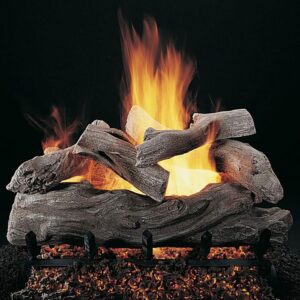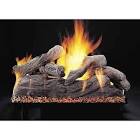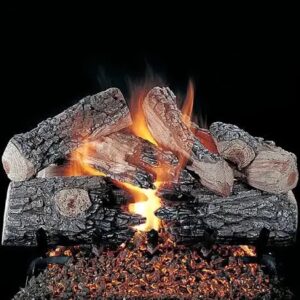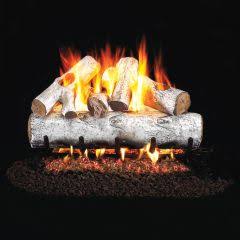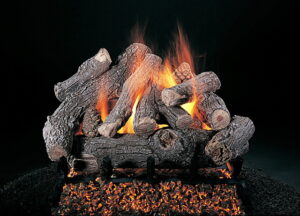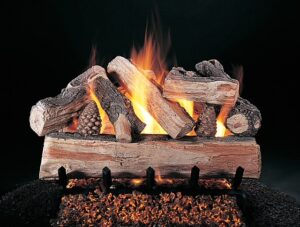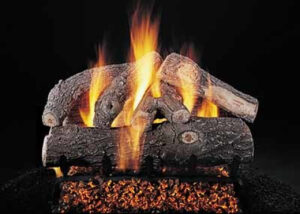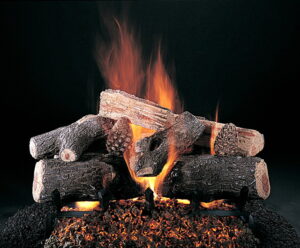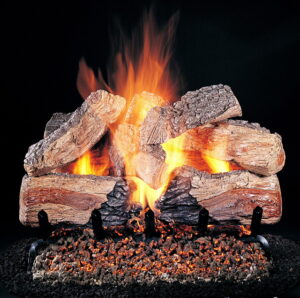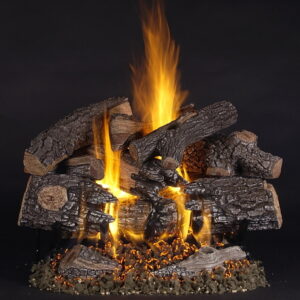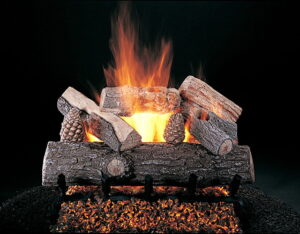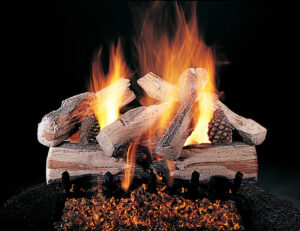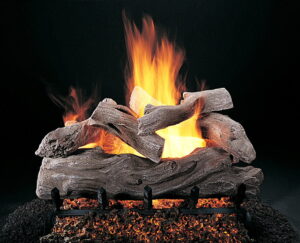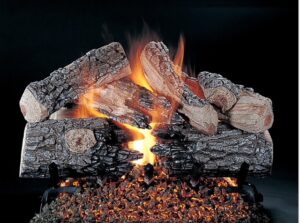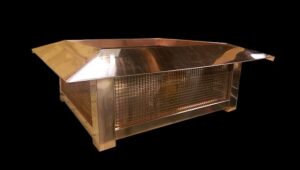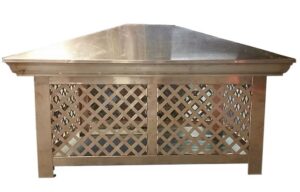Fireplace Services & Accessories in Ventura, CA
At The Chimney Cleaner Inc., we help homeowners throughout Ventura County and beyond enjoy safe, beautiful, and well-functioning fireplaces all year long. Whether your fireplace is a cozy feature of your living room or a statement piece in your outdoor entertaining space, it deserves regular attention. We also proudly offer professional fireplace cleaning in Ventura, CA, along with complete fireplace service, repair, accessories, and enhancements.
Additionally, fireplaces aren’t just aesthetic — they’re functional heat sources, and without the right care, they can quickly become safety hazards. That’s why we provide a full suite of fireplace services for our neighbors throughout Santa Barbara County, including Carpinteria, Montecito, Santa Paula, Moorpark, Fillmore, and beyond. From gas line installations to custom mantles, our team is here to handle every detail.
Call 805-680-3636
Serving Ventura & Beyond
From Montecito’s elegant homes to Fillmore’s historic bungalows, we tailor our services to fit every home and every fireplace. Our experienced team is proud to serve all of Ventura and Santa Barbara Counties, providing local knowledge, expert care, and personal service that you can count on.
Oxnard, CA / Camarillo, CA / Santa Paula, CA / Moorpark, CA / Thousand Oaks, CA / Ojai, CA / Port Hueneme, CA / Fillmore, CA / Carpinteria, CA / Santa Barbara, CA
Frequently Asked Questions
We recommend cleaning your fireplace at least once a year, especially before the cooler seasons begin. If you use your fireplace heavily, you may need more frequent service.
Yes, in most cases we can retrofit an existing wood-burning fireplace with a gas line. We’ll evaluate your current system and ensure everything is safe and compliant.
We recommend seasoned hardwoods like oak or almond. These woods burn hotter, produce less creosote, and create fewer sparks than softwoods.
Absolutely. From custom mantles to full fireplace redesigns, we can help you transform your fireplace into a focal point of your home.
Odors can come from creosote buildup or moisture in the chimney. A professional cleaning often resolves the issue. If not, we can inspect for other contributing factors.
Keep Your Fireplace in Top Condition
Your fireplace is more than just a source of warmth — it’s a gathering place, a design feature, and a key part of your home’s comfort. And at The Chimney Cleaner Inc., we’re here to help you maintain it with professional fireplace service in Ventura, CA, and beyond. From deep cleaning and repairs to gas line installs and custom mantles, we do it all with care and expertise.
Call Today Reach Out Now
